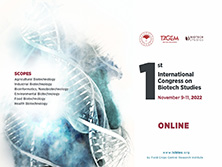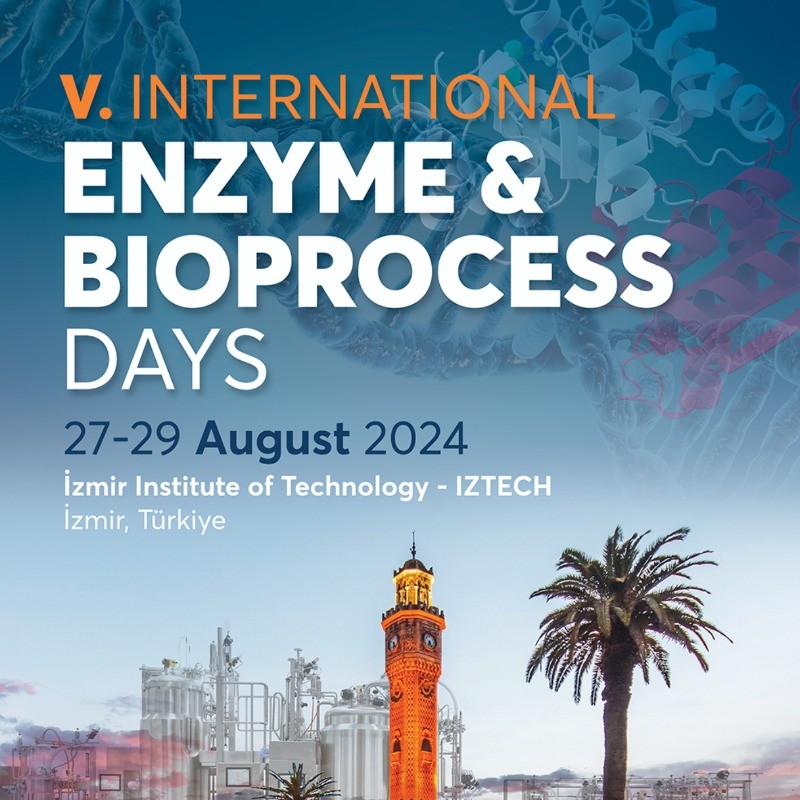Biotech Studies
2021, Vol 30, Num, 1 (Pages: 043-062)
Genetic resistance of wheat towards plant-parasitic nematodes: current status and future prospects
2 Department of Plant Protection, Faculty of Agriculture and Natural Science, Bolu Abant İzzet Baysal University, Gölköy 14300, Bolu, Turkey
3 Department of Plant Pathology, University of Agriculture, Punjab 38000, Faisalabad, Pakistan
4 Plant Protection Department, Agriculture Directorate, Ministry of Agriculture, 9051415, Hama, Syria
5 United States Department of Agriculture, Agricultural Research Service, Wheat Health, Genetics and Quality Research Unit, Washington State University, WA 99164-6430, Pullman, USA
6 CIMMYT -Turkey, P.K. 39 Emek 06511, Ankara, Turkey DOI : 10.38042/biotechstudies.944678 - Plant-parasitic nematodes (PPNs) are one of the major biotic factors that cause significant yield losses in wheat-growing areas worldwide. The major PPN groups causing significant economic losses in wheat quantity and quality are cereal cyst nematodes (CCNs) and root-lesion nematodes (RLNs). Based on their wide distribution, pathogenicity, high occurrence in wheat cultivated areas, they are considered major threats to the global food supply. The economic loss caused by these destructive pathogens ranges from 10 to 100% depending on different agro-ecological conditions such as drought, heat stress, and cold stress. Multidisciplinary management practices are being implemented to manage cereal nematodes (CNs) that range from cultural to molecular strategies. Integration of wheat resistant varieties with appropriate agronomic practices is recognized as the safest and most practical, effective, and applicable management strategy. Nine resistance genes (Cre1–Cre9) to CCN are well-documented in the literature. CreR, CreV and CreZ genes are relatively recently characterized from wheat and confer resistance to CCNs. On the other hand, Rlnn1 is the only resistance gene characterized from wheat that is known to confer resistance towards RLNs. However, breeding for resistance to PPN has numerous challenges that originate from the narrow genetic diversity and difficulty in the process of transferring resistance gene(s) from the source to the target variety. A unique opportunity for wheat genetic improvement was provided due to the availability of genomic resources and the wheat worldwide germplasm collection which includes wild wheat germplasm. Moreover, the presence of several genome-wide association studies and genome editing technologies could also help for further improvement to enhance CNs resistance in wheat. This article provides the latest information regarding the progress made in the identification and characterization of resistance genes from different sources and its utility against both CCNs and RLNs, which will attract the attention of the scientific community and other relevant stakeholders. Keywords : Cyst nematodes Management Root-lesion nematodes Wheat Yields losses

















